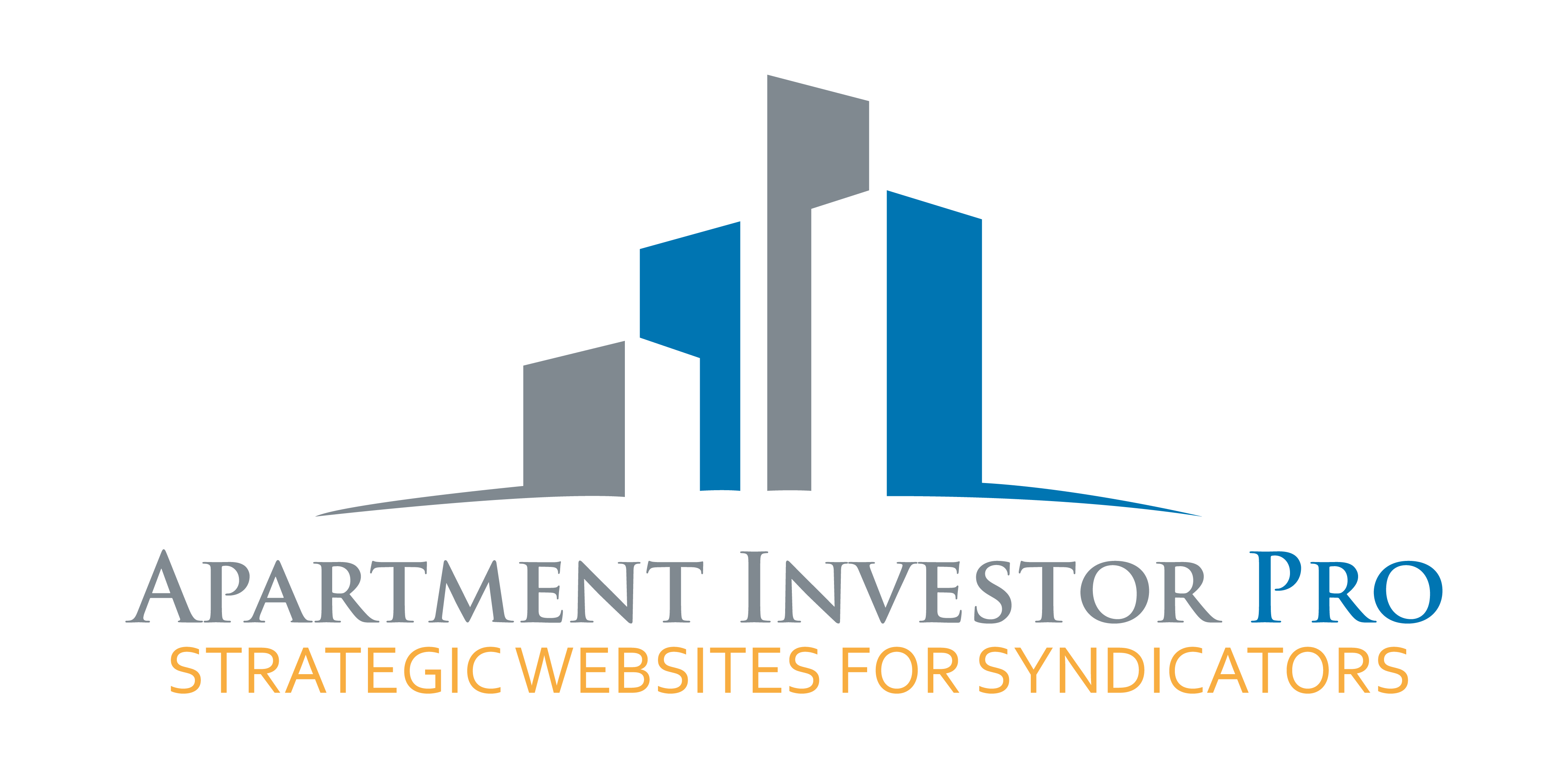According to a survey conducted by Capital One, at the National Multifamily Housing Council’s annual conference earlier this year, the outlook for the multifamily investing sector in 2019 continues to be positive.
Even though 70 percent of those surveyed believe that the current economic cycle will end in the not too distant future, plenty of optimism remains. 37 percent cited strong fundamentals and 29 percent pointed to an abundance of capital to deploy as drivers of another strong year in multifamily investment.
Freddie Mac predicts multifamily origination volume will grow to $317 billion this year exceeding by 3.9 percent the $305 billion in originations that had been estimated for 2018.
Interest Rates
According to the survey, 29 and 28 percent respectively pointed to rising interest rates as the biggest driver for sellers and buyers in 2019.
Predictions were that rates would rise in 2019 but the opposite has been the case. A trend that so far has shown no sign of slowing. Between January and March 2019, the 30-year fixed mortgage rate fell to 4.4 percent, the lowest point in over 13 months.
On October 29, 2019, according to Bankrate’s latest survey of the nation’s largest mortgage lenders, the benchmark 30-year fixed mortgage rate is 3.80 percent with an APR of 3.93 percent. The average 15-year fixed mortgage rate is 3.20
percent with an APR of 3.40 percent.
Prudent investors are increasingly moving their money to safer asset types. This means more dollars migrating into multifamily, a sector that’s enjoyed a solid run for nearly a decade. The key fundamentals that have meant solid growth for the multifamily sector until now, namely, favorable demographic trends, job growth and the increase in renters means that growth should continue.
Last year saw significant strength in the US multifamily market and the momentum is set to continue in 2019.
BBG notes a 15% jump in apartment transactions in 2018 which totaled almost $168 billion. 290,300 multifamily units were completed in 2018 and for 2019 the firm estimates a healthy 280,000.
Demand for multifamily rental units will be driven by young adults with growing levels of debt, a desire to remain flexible, a preference for urban core living, and unaffordable single-family
homeownership options.
Mary Ann Barnett, MAI, BBG Multifamily Managing Director, commented: “We anticipate that multifamily will remain stable in 2019 as underlying market fundamentals continue to support this market.”
I was interested to note the comments of David Greene on Bigger Pockets podcast episode #353…
After his guest said that he thinks the downturn is 2-4 years away, David said that if rates go from 4% to 6% or 7% then no one is going to want to move. But as long as interest rates stay low, David doesn’t see anything changing. But once rates start to change that is one of the markers he is looking for as an indicator that the cycle will end.
Construction Concerns
Rising construction costs was a concern shared by 48 percent of respondents to the survey.
The escalating cost of buying goods from China due to new tariffs makes some developers nervous about jumping into the multifamily pool.
In 2018, tariffs were imposed on steel, aluminum, lumber and a variety of other Chinese imports, and prices were adjusted upwards accordingly by U.S. suppliers. Contractors who had signed fixed-price contracts for projects before buying materials found themselves now shorted on the material costs. If the tariffs stay in place, even contractors who pre-ordered supplies will likely need to pass on the increased costs to their customers.
In spite of these negative factors, the rate at which buildings are going up shows no sign of slowing down.
Nationwide approximately 300,000 units are expected to come online this year, an annual volume increase that has been consistent for several consecutive years. Although in some metro areas there will be a spate of new apartments, supply is expected to be at least met by demand.
Rising Rents
The vacancy rate is 4.8% compared to 8% 10 years ago, so rents have been steadily rising. The national apartment vacancy rate was 4.7% in the third quarter of 2019, unchanged from the last quarter and flat year over year from Q3 2018, according to the Reis Q3 Preliminary Trends
report. Overall, vacancy has shifted 0.3% in the last two years for the markets
covered by Reis.
BBG also anticipates existing properties increasing in value due to rising new construction costs. Thus value-add properties are in higher demand where renovations can increase rents
significantly.
Yardi Matrix’s April multifamily report shows that monthly apartment rents nationwide are continuing to increase. The report says, “With the prime rent growth season just starting, it remains to be seen whether this year’s gains will be stellar or merely average, but in any event, there seems to be no reason to think the multifamily juggernaut is going to hit the pause button.”
Yardi Matrix also reported that the national occupancy rate for stable apartment properties is 94.8 percent.
Yardi Matrix predicts that the prolonged market cycle will continue through 2019, with rents forecast to rise at a rate of 2.8 percent. The outlook is for another solid year for the rental sector nationwide.
A Helping Hand
In summary, the immediate future for the multifamily segment still looks bright due to strong fundamentals, continued job growth and an abundance of capital available. These positive factors outweigh the negatives.
As the economic landscape continues to change it becomes even more important for the savvy investor to identify the right opportunities and act on them in a timely manner.
One obstacle that can prevent forward motion is your lack of a professional online presence. Apartment Investor Pro can help you to get your website up and running without delay.
Apartment Investor Pro sites are designed specifically for real estate investors. They can be easily customized for your needs. These sites come at a fraction of the cost if you had your site built from scratch.
